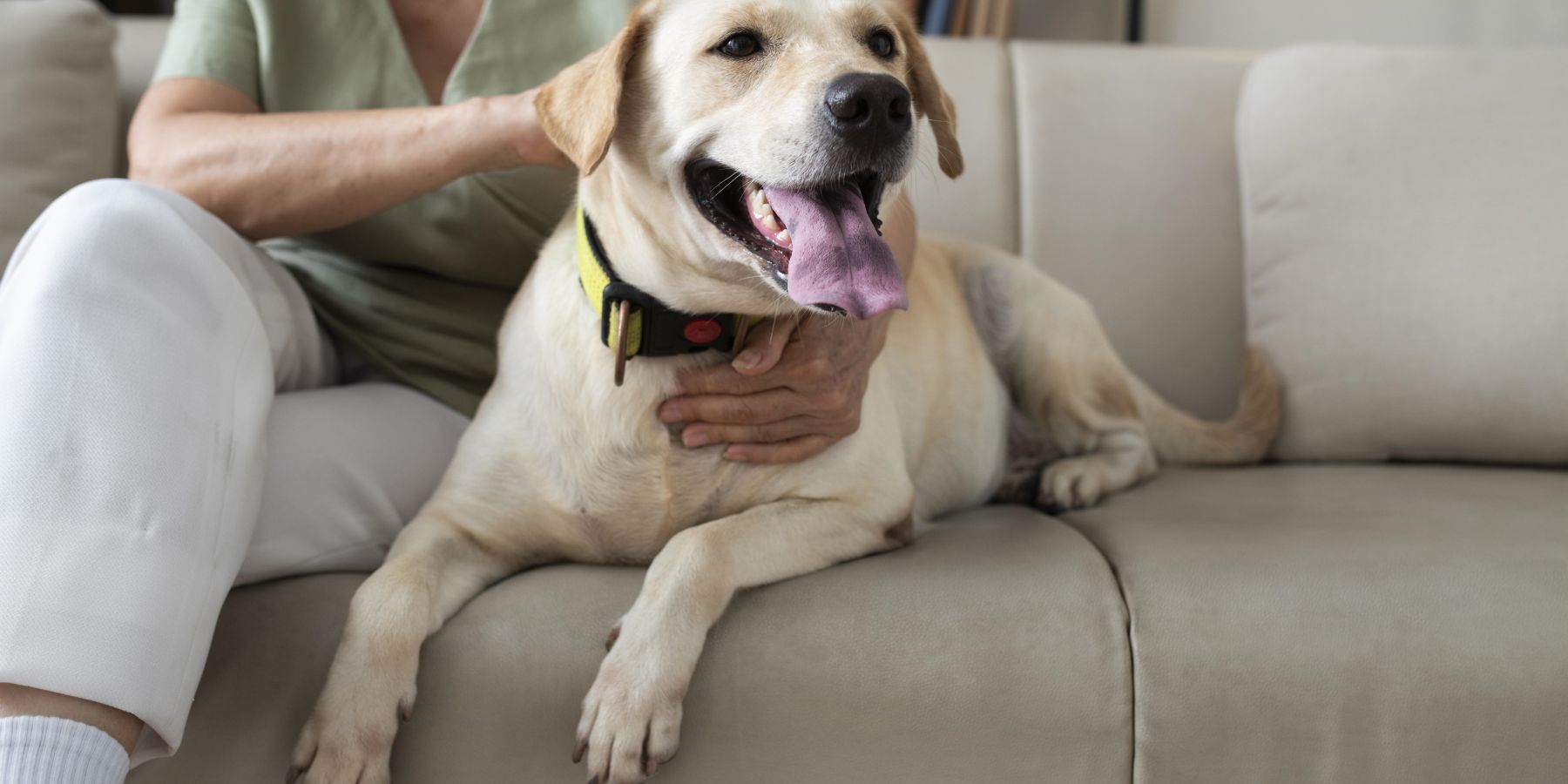As a dog owner, knowing how to calm a panting dog is crucial, especially during the warmer months. Overheating in dogs can be dangerous, but with the right knowledge and actions, you can keep your furry friend safe and comfortable. This guide will help you understand why dogs overheat and provide practical tips for prevention and care.
Understanding Dog Panting
Dogs pant to regulate their body temperature. Unlike humans, dogs don't sweat through their skin but rather through their paw pads and by panting. However, excessive panting can signal overheating, a condition that requires immediate attention.
Signs of Overheating in Dogs
To effectively learn how to calm a panting dog, it's important to recognize the signs of overheating. These include excessive panting, drooling, red gums, lethargy, uncoordinated movements, and, in severe cases, collapse.
Preventing Overheating
Prevention is key in _how to calm a panting dog. Here are some proactive measures:
- Provide Shade and Water: Always ensure your dog has access to cool, shady areas and plenty of fresh water.
- Mind the Temperature: Avoid vigorous activities during the hottest parts of the day.
- Know Your Dog's Limits: Brachycephalic breeds (like pugs and bulldogs) and older dogs are more susceptible to overheating.
Creating a Cool Environment
To aid in how to calm a panting dog, create a cool environment:
- Use a cooling pad or wet towel for your dog to lie on.
- Keep your home cool with fans or air conditioning.
- Allow access to cool indoor areas during peak heat.
Calming an Overheated Dog
If your dog starts to show signs of overheating, take immediate action:
- Move to a Cool Area: Bring your dog indoors or to a shaded spot.
- Provide Cool Water: Let them drink small amounts of cool (not cold) water.
- Use Cool Water: Apply cool water to their body, especially on the neck, underarms, and between the hind legs. Avoid ice-cold water as it can shock their system.
- Fan Your Dog: Use a fan to help lower their body temperature.
- Monitor Their Condition: If symptoms persist or worsen, contact your veterinarian immediately.
Understanding and Responding to Stress-Related Panting
Stress or anxiety can also cause excessive panting. To effectively manage how to calm a panting dog in these situations:
- Identify and remove or reduce stress triggers.
- Provide a safe, quiet space for your dog.
- Consider using calming supplements or products, like pheromone diffusers.
Regular Vet Check-Ups
Regular veterinary check-ups can help identify any underlying health conditions that might make your dog more prone to overheating. Early detection and management of these conditions are vital.
Conclusion
Knowing how to calm a panting dog is a crucial aspect of responsible dog ownership. By understanding the signs of overheating and implementing preventive measures, you can ensure your dog stays safe and comfortable. Always remember that if you are concerned about your dog's health, it's best to consult with a veterinarian.


